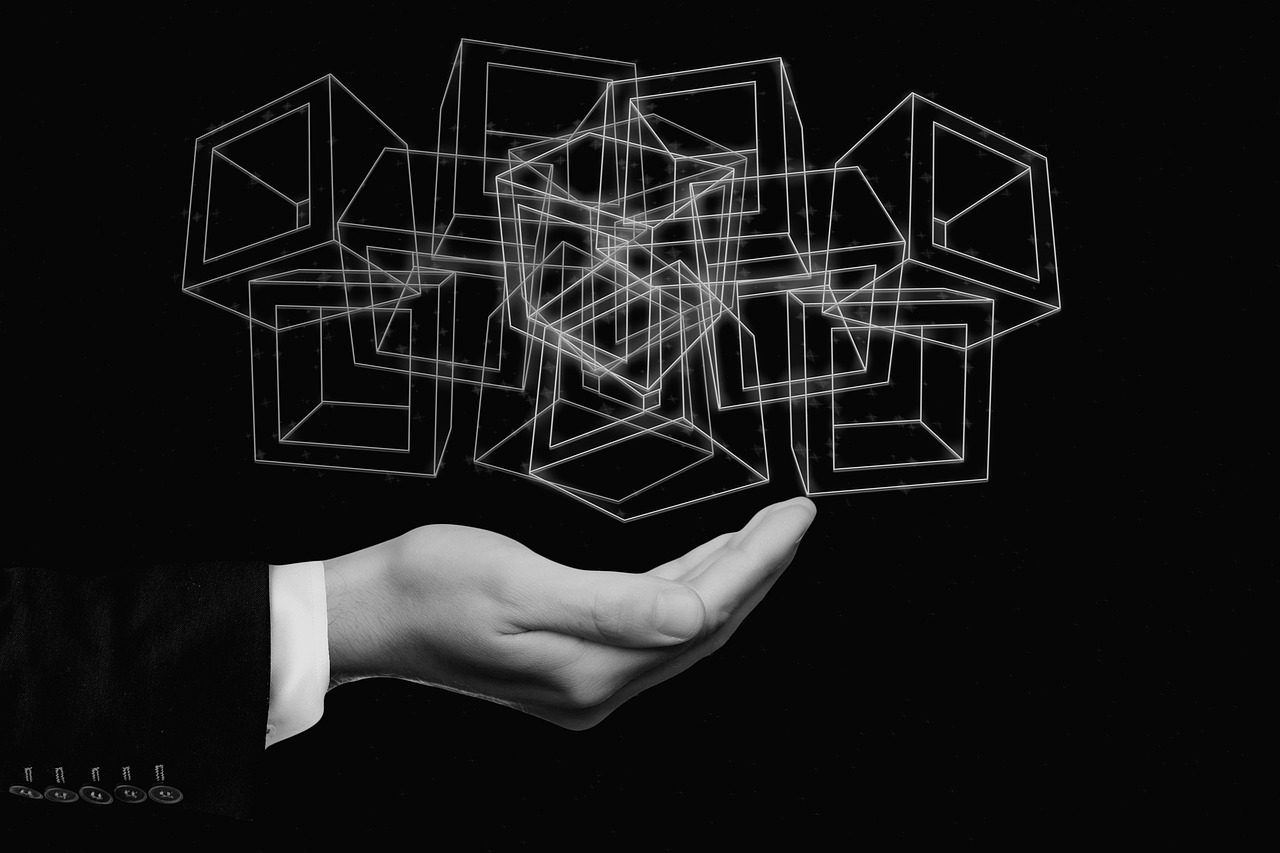Technological advancement is great and has played a significant role in shaping everyday life as we know it. Unfortunately, it also opens the door for increased risks of data breaches, fraud, and other cybercrimes, particularly in the financial sector.
According to the federal trade commission, Americans lost 5.8 billion dollars to fraud in 2018, up from $3.3 billion in 2020, an indicator of the growing prevalence of the vice. But all is not lost; industry experts largely see technologies such as blockchain as a solution to the problem of fraud.
This guide delves into blockchain technology and how it can help curb fraud.
What Is Blockchain Technology?
The term blockchain has been a buzzword for years and is associated mainly with cryptocurrency. But the technology has uses outside of cryptocurrency, and fraud prevention in organizations is just one of them. It refers to a decentralized ledger, making it difficult for authorized data access.
Unlike traditional ledgers that store all the data in one location, blockchain ledgers are spread across a network of computers that work together. This means that even when a hacker could access one or several computers, they would still not get access to the data they need to commit fraud.
How Does Blockchain Technology Prevent and Detect Fraud?
Immutable ledger
The immutability of the blockchain is its core strength. As mentioned earlier, blockchain is a distributed ledger. Once a transaction is made and stored in the ledger, it cannot be modified since you would need to access all the computers where it is stored.
Even when cybercriminals attempt to get into the system, they will be detected before they do, making this technology the safest in safeguarding sensitive data and transactions.
Transparency
Transparency is another great strength of blockchain technology. When a transaction or an entry is made on the blockchain, it is visible to anyone on the blockchain. This level of transparency becomes a deterrent to outsiders and insiders wanting to affect fraud since any activity would be immediately visible to everyone.
Even when an activity may go undetected in real-time, blockchain makes it easy to audit transactions when investigating fraud. Every step is recorded on the ledger allowing for tracing back a fraudulent activity right to its source.
Smart Contracts
Smart contracts are self-executing contracts that are stored on a blockchain. They are written in code and can be used to automate various tasks, such as payments, insurance claims, and property transfers. Like other aspects of the blockchain, smart contracts bring immutability and transparency to contract execution.
The contract is created in such a way that a step on the contract cannot be fulfilled until the step before it is verified and approved. Any attempt to go around the steps triggers an alert helping catch any fraudulent activity before it materializes.
Authentification
All systems handling sensitive data have some form of authentication, even multi-factor authentication. With blockchain technology, authentication goes on a whole new level, ensuring that only authorized persons can access data. Blockchain technology employs cryptography in authentication, which is superior to other forms of authentication.
Cryptography is a system that uses a pair of keys: public keys and private keys. The public key encrypts a message and can be given to anyone on the system. Private keys are used to authenticate devices, ensuring that an attacker cannot impersonate an authorized user.
Decentralization
The main reason some cryptocurrencies have withstood the test of time and recovered from imminent collapse is the decentralized nature of the platforms on which they exist. Through blockchain decentralization, cryptocurrencies can prevent counterfeiting, ensuring currency stability, control, and decision-making are spread across a network of computers and administrators. So unless you can compromise all, you can not counterfeit the currency.
The same concepts can also be used to fight and prevent fraud. For example, a blockchain-based system can track the movement of goods and services to ensure that what is dispatched gets to the recipient eliminating the chances of illegal interception or tampering with data used in the supply chain.
As the technology improves, it could make its way into governmental sectors such as record keeping making it difficult for fraudsters to access sensitive documents and use them to commit fraud such as birth certificates.
Drawbacks to Blockchain Technology
There is no disputing that blockchain promises a fraud-free financial sector. Even reputable financial institutions such as SoFi banks offer tools aimed at helping prospective investors in cryptocurrency trade on the blockchain.
However, the technology has some drawbacks. One of its most significant drawbacks is trust issues due to its association with cryptocurrency which is yet to establish itself as a stable currency.
The effectiveness of a blockchain in preventing fraud is determined by the organization’s ability to maintain it. In most cases, blockchains maintained by one organization end up with decentralized nodes, which beats the purpose of having a blockchain.
Final Words
Blockchain technology has been evolving for years and will continue for more. While its use in the mainstream financial sector is yet to reach its peak, you can expect that its ability to keep data secure, as highlighted in this guide, only proves its potential and a technology worth watching out for in fraud prevention












